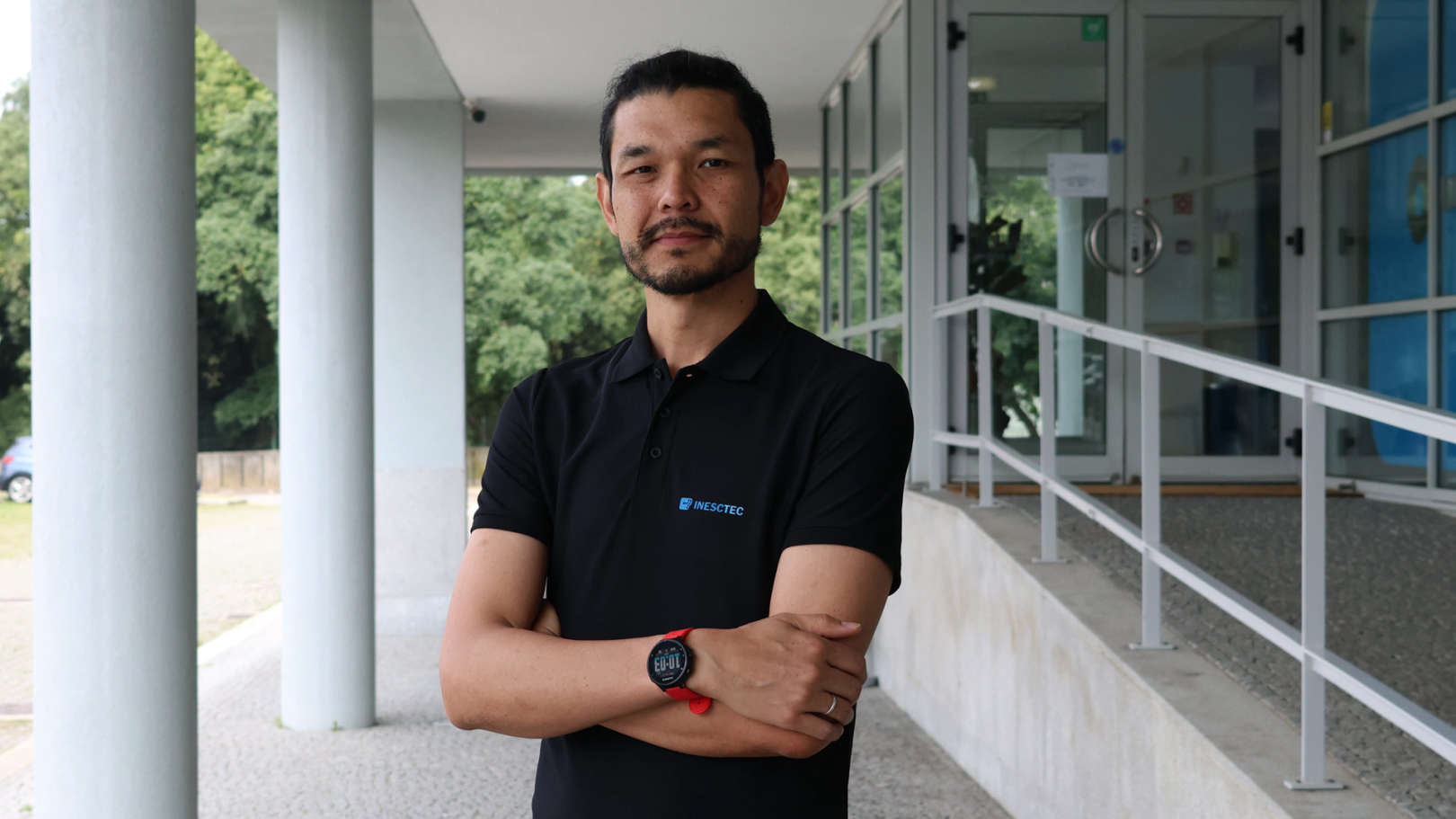Sobre
Miguel Nakajima Marques nasceu no Rio de Janeiro, Brasil, em 1983. Mestrado em engenharia mecânica - mecatrônica (2022) pela Universidade Estadual de Campinas (Unicamp) e bacharel em engenharia elétrica - sistemas de energia e automação (2014) pela Universidade de São Paulo (USP). Tem como principal motivação impactar positivamente a investigação e desenvolvimento de tecnologias embarcadas, principalmente na área de agricultura. Tem vasta experiência em desenvolvimento embarcado, através de modelos tradicionais e também inovadores como aprendizado de máquina, algoritmos evolutivos e sistemas inteligentes. Durante o mestrado desenvolveu projeto em visão computacional utilizando redes convolucionais profundas na detecção da doença HLB em plantas de citros. Tendo já conhecimento advindo da licenciatura no desenvolvimento de projetos de robótica móvel de baixo custo e experiência na indústria na utilização de sistemas inteligentes, está a trilhar o caminho do doutoramento em engenharia electrotécnica e de computadores pela Faculdade de Engenharia da Universidade do Porto (FEUP) para aprofundar os conhecimentos e avançar a investigação na área.


